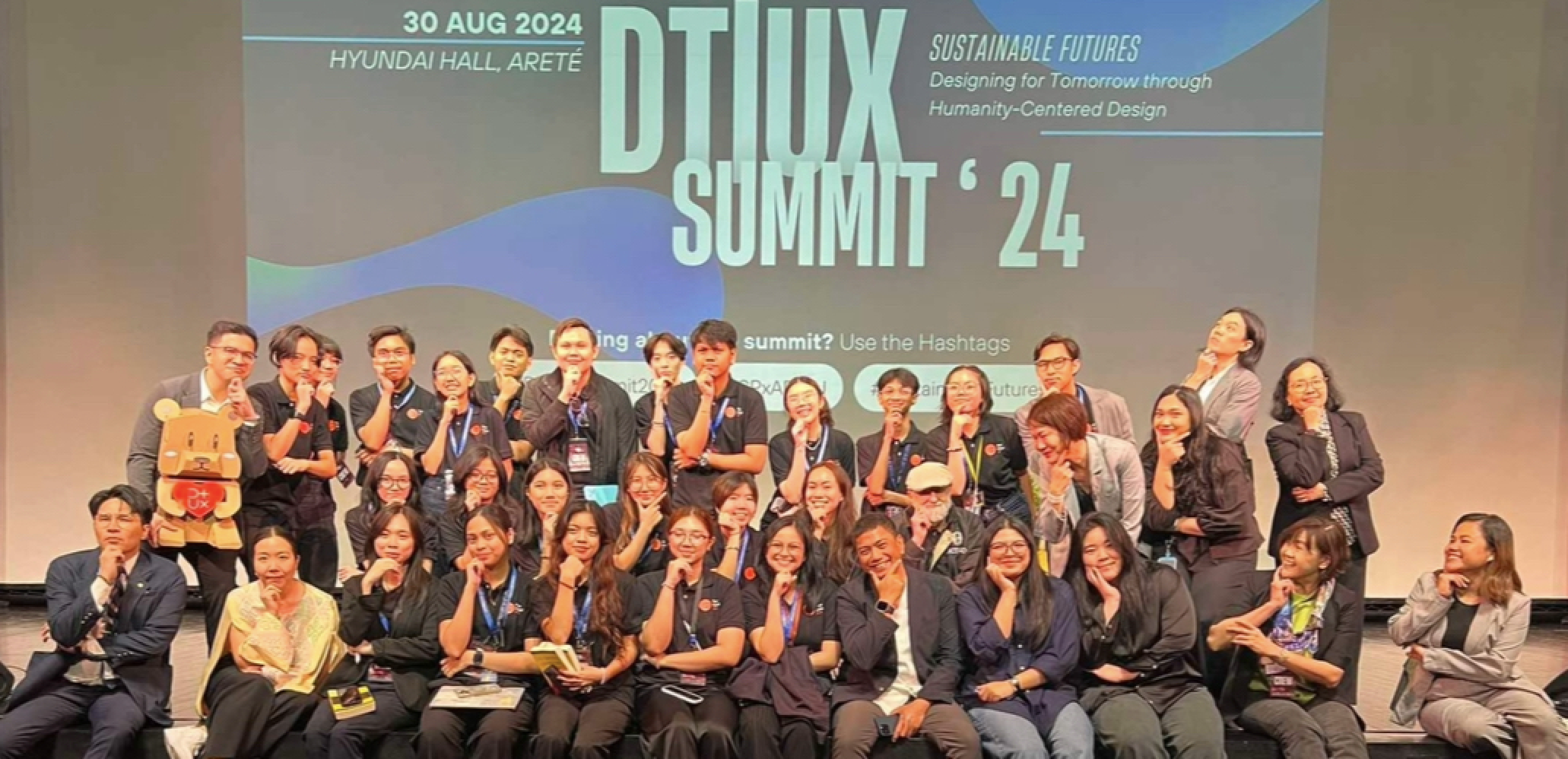
DT|UX: Meeting Don Norman, designer of designers
Insights from the DT|UX Summit 2024.
For the first time, DT|UX Summit was held in the Philippines, and I felt even more at home in my own country working alongside a passionate community, connected through shared experiences during the event, and united by design thinking, with the theme "Sustainable Futures: Designing for Tomorrow through Humanity-Centered Innovations."
The older generation folks like me have fucked up, and we're leaving it up to you to save the earth. That's not what you wanted to hear.
This was Don's answer to the question, "What is your message to the next generation of designers?" and yeah perhaps that wasn't the message we expected to hear. However, I saw first hand Don's dedication in designing the next generation of designers—this time towards humanity-centered design. He brought a challenging problem to a room full of designers, or rather problem solvers— reiterating the purpose of the DT|UX Summit. Don's statement wasn't just about pointing fingers; it was about harnessing the power of failure/learning experiences as a catalyst for change, and using design thinking as a framework. This involved rethinking how we create products and services, emphasizing that we cannot merely maintain the status quo as we are way past sustainability.
Ending this section with the sentiments that there is some sense of emotional weight in inheriting a world that feels burdened with problems (perhaps it's my naivety talking), but I also can't deny that I don't enjoy products created by the past generations. These designs reflect human needs and desires of their time, but they also remind us of the unintended consequences of innovation, inviting us now to develop solutions that endure, and to design with purpose.
1. Failure == Learning Experience
"We learn when we succeed, but we learn more when we fail." We dwell in it. It demands our attention and analysis—forcing us to slow down, reflect, and deeply understand the nuances of what went wrong. My take is, without applying these insights into action or value, failure remains just that—failure.
2. Design As a Basic Skill
"It should be taught to everyone." It's not just for designers—it's a versatile framework that can be applied across various disciplines. Don advocates for teaching the basics of design thinking from an early age, equipping students with the essential skills for navigating problems as these gradually increase into the complexities of real-world problems.
Personally, I see how valuable this approach would've been for me as I reminisce the problems I encountered along the way in my education. The traditional problem-solving method often leans on linear thinking, where we oversimplify issues, and assume cause-and-effect relationships which lead to solutions that fail to address the entire problem.
In real-world problems, however, issues are rarely straightforward and involve multiple interconnected factors.
3. Design with the community, not for them
Designers are colonizers. "How would you design for Filipinos?" Don said, "I wouldn't." Instead of imposing a solution, he showed us that designers from different cultures might not fully grasp the nuances of local needs and values; designers should instead facilitate and support communities in creating their own solutions.
A design that works well in one cultural context might inadvertently disrupt another culture, leading to issues that weren't anticipated by the designers.
4. There's room for both humans & AI
Maybe it was never AI vs Humans to begin with, but rather complimenting each other's strengths. The market rewards those who solve problems, and AI is the golden ticket to tackling challenges at a scale and speed previously unimaginable.
Yet, even with these capabilities, the human touch remains irreplaceable—making sure that our design choices are intentional.
5. Clever is unintelligible
Being clever for cleverness' sake is a trap many of us fall into. We get caught up in the elegance of our own solutions, forgetting that true elegance for both us, and our users lies in simplicity. The real challenge isn't in making something complex—it's in making something so simple it appears effortless.
6. Anyone can point fingers, but few can point the way forward
I've learned to not criticize anything that's being done, unless I know a better way. I'd say there's a certain humility in this approach. It acknowledges that the people who created the current solution, even if imperfect, at least moved from idea to action. They built something real, something that can be touched, tested, and yes, criticized.
You can see how many critics there are, but only a few problem-solvers. But perhaps if we can't offer a better alternative, we need to spend more time understanding why they made the choices they did.